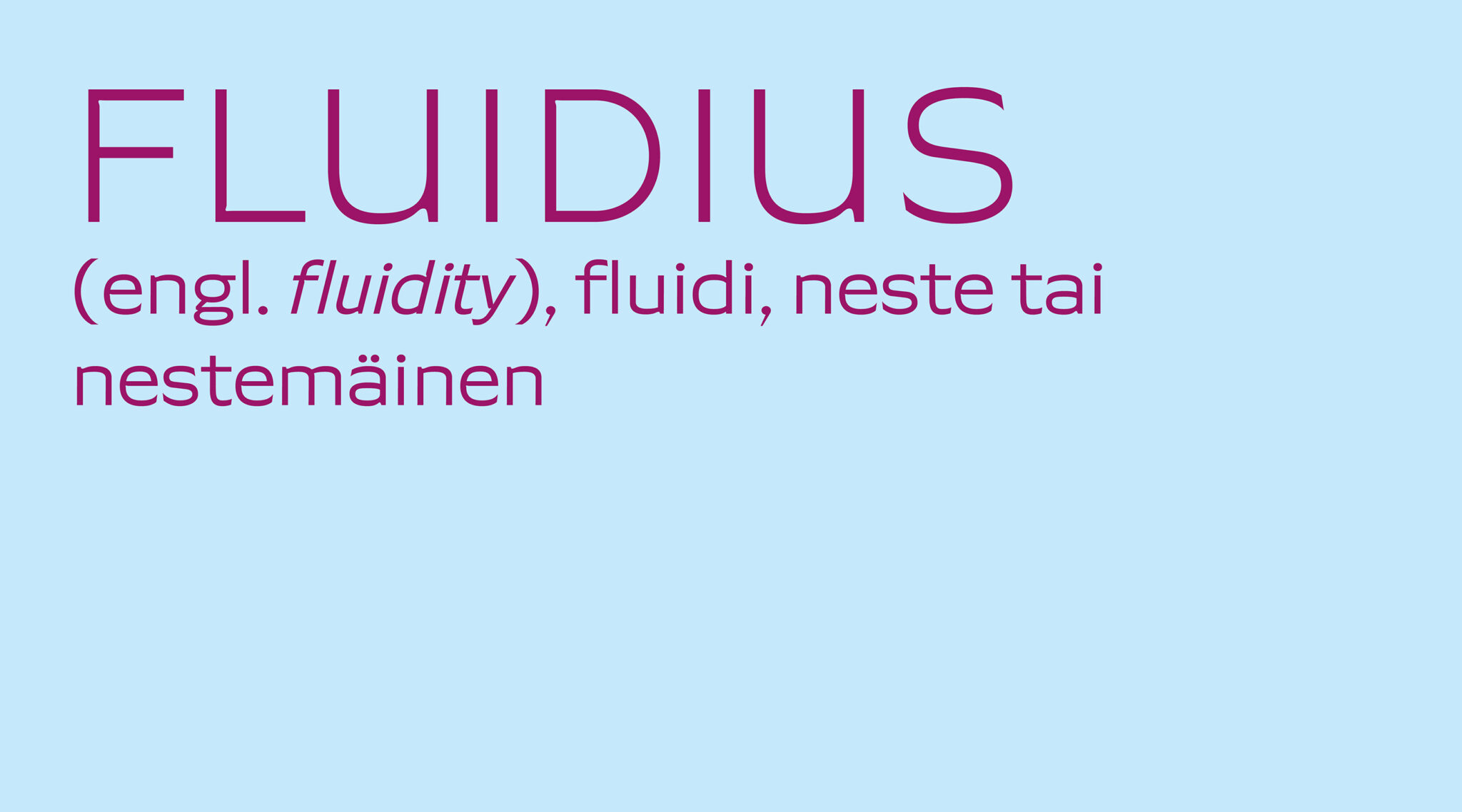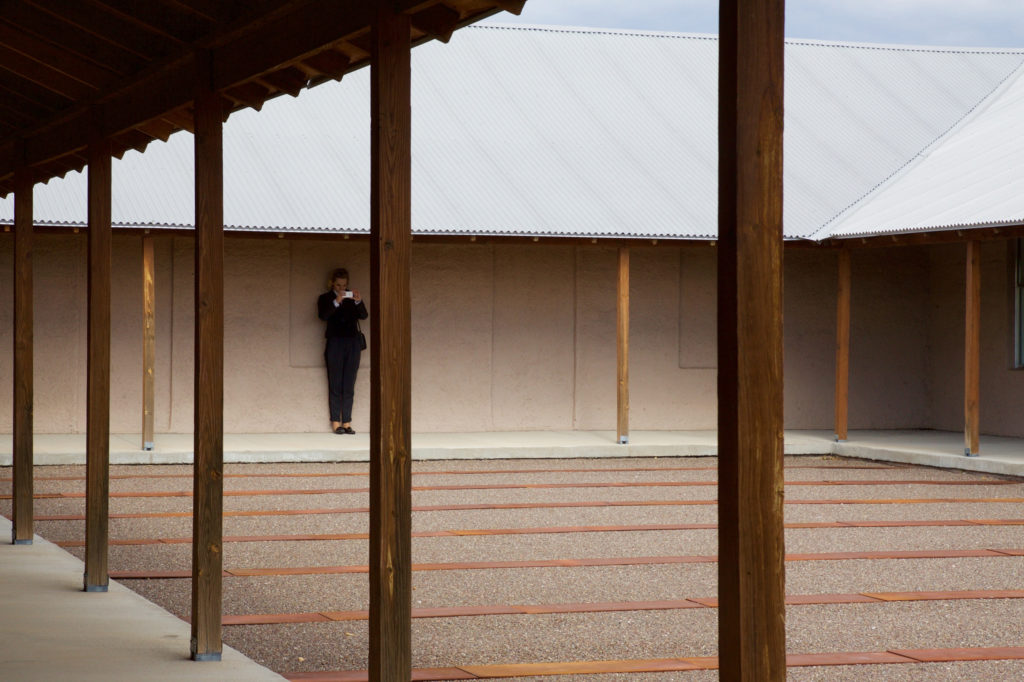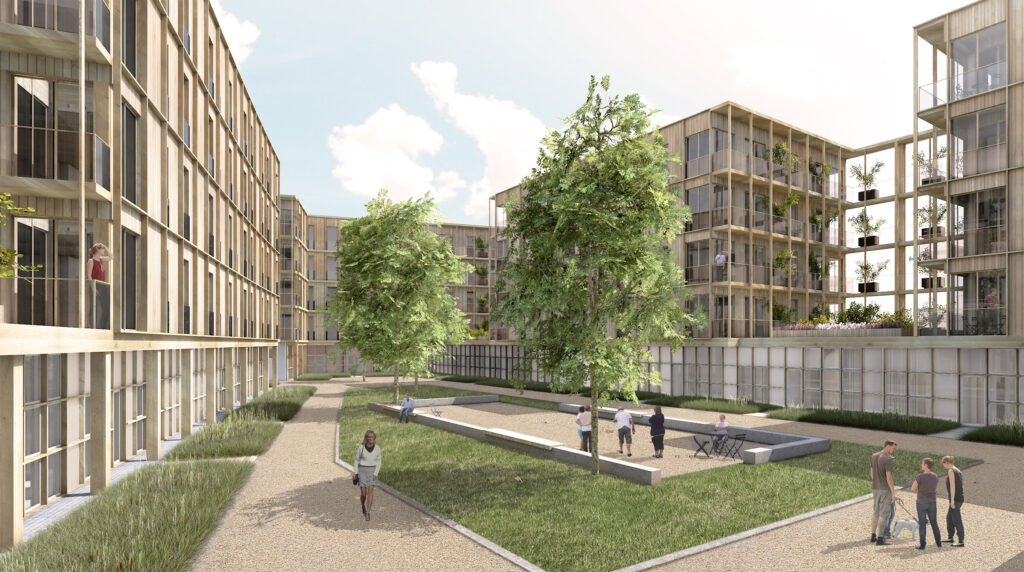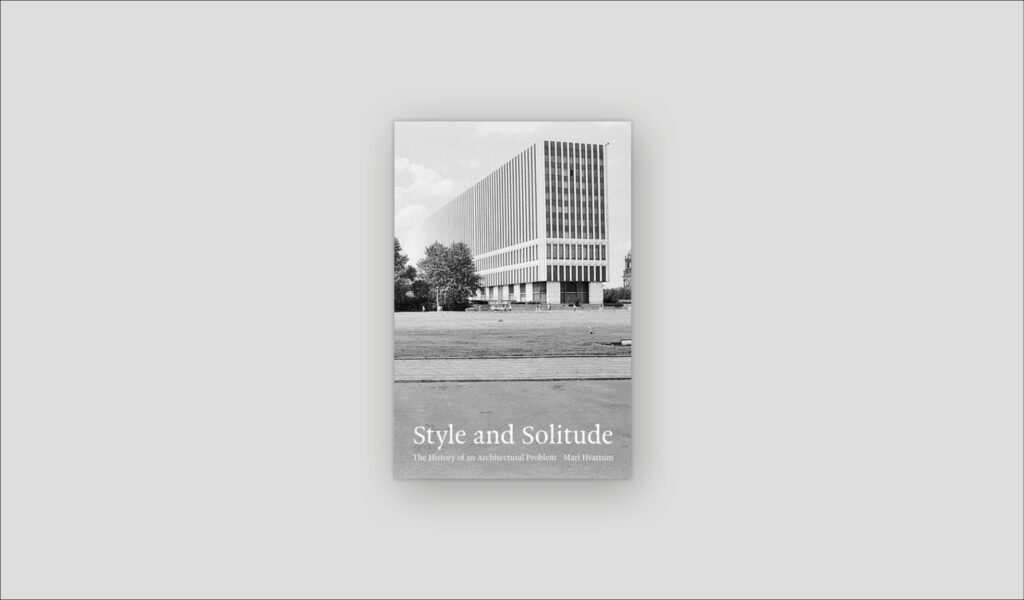Concept: Fluidity

Fluidity opens up a refreshing angle for everyone and anyone looking at a city, Tuulia Kivistö proposes.
In this column, experts highlight and explain topical concepts.
In addition to being part of the terminology of physics, the word fluid belongs to the vocabulary of queer and feminist theory. In physics, the concept refers to the non-solid form of a substance. In other context, fluidity denotes the diversity of gender and sexual identity, as well as movement, variability and change within them. Fluidity captures the notion of continuous change and the overlap of realities.
In a city, fluidity can be associated with the smoothness of movement. Cultural geographer Doreen Massey, among others, has suggested that cities and places are, in fact, processes. However, urban environments are often read as if they were complete and finished, even though constant change is part of the core essence of urban life. Within a built environment, change is viewed as deviations, errors and temporariness, whereas in nature, such movement is perceived as being beautiful and cyclical. Fluidity offers a new perspective on the essence and features of an urban environment. Musing over the word it might spark a welcome connotation of an easy flow of movement. In his preface to the book Anti-Oedipus (1977) by Gilles Deleuze and Félix Guattari, philosopher Michel Foucault also directs the reader’s thoughts towards flows and mobile compositions instead of unities and systems.
Western culture is accustomed to presuming its products to be complete, finalised and unchangeable. If change does occur, it must be controlled. This is a dualistic and declaratory way of thinking. Similarly, in urban design and architecture, solutions are also divided into correct and incorrect ones through norms and established practices – as well as the legislation shaped by these, such as building regulations. The ideals of the built environment, then, rely on the pursuit of the correct solutions and on the architects’ aspiration to implement these in the best way possible. An environment to which expectations of static unchangeability are attached does not come across as tolerant and inviting to a diverse humanity.
Fluidity in urban spaces can be conceived through interstitial, liminal and borderline spaces, as suggested by Australian professor and architecture critic Kim Dovey. Such transient spaces are particularly familiar to groups that have been othered and are forced to use the spaces in a creative way. This flexible use of spaces again connects the concept of fluidity to queerness and categorical social otherness. Temporary uses are a means to implement fluidity in the urban environment in a concrete manner. ”To a large degree, then, interstitial spaces are pockets of otherness, in which established behavioural norms recede, enabling various impromptu uses and the spontaneous shaping of the place by the users”, as expressed by landscape architect Elka Lupunen in the Finnish Architectural Review (3/2022). A strict categorisation of spaces according to purpose or use is not a fluid idea.
Within a built environment, change is viewed as deviations, errors and temporariness, whereas in nature, such movement is perceived as being beautiful and cyclical.
As is often the case with theoretical musings, the idea of fluidity also begins to stumble when moving to implementation. The realisation of fluidity in practice is likely to first require the adoption of the concept in the thinking and discussions of the designers themselves. Current customs and thought patterns are deeply ingrained in our collective practices and actions, which makes it difficult to transpose a new framework of thinking into practice. It might entail quite a fundamental overhaul of our mindset, and the most fruitful discussions are thus conceived through personal reflection. In my master’s thesis, I studied the relationship between queer theory, an urban environment and the role of an urban designer. My work demonstrated that fluidity could be applied as a metaphor when imagining urban utopias. Queer-theoretical perspectives could support and be applicable to the interpretation and design of an urban environment, but a more in-depth discussion requires an interest by the architectural community at large.
Fluidity opens up a refreshing angle for everyone and anyone looking at a city. As the climate crisis progresses, the focus in the design of our built environment can no longer be on growth and other previous ideals. With the building industry still yearning towards something complete and finished, the idea of fluidity may help us to accept that nothing is ever truly finished. Tolerating and cultivating incompleteness is a means to resist the pressure towards growth and the dynamic ideology of eternal development. Internalising the concept of fluidity helps us to assume a more compassionate stance towards change and movement. ↙
TUULIA KIVISTÖ
Architect graduating soon from Tampere University. Studies contemporary art and ponders the relationship between space and those who inhabit it. Is interested in the convergence of social and multi-species inclusion. The text is based on their master’s thesis on applying queer theory in urban planning.




